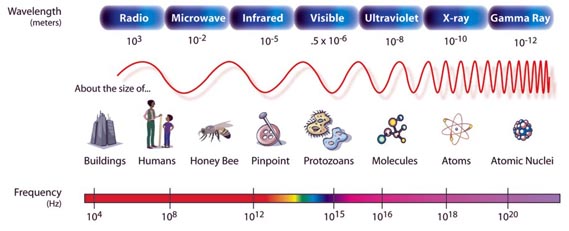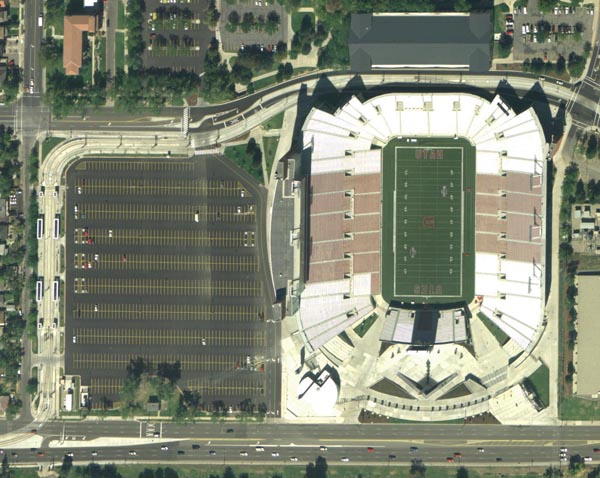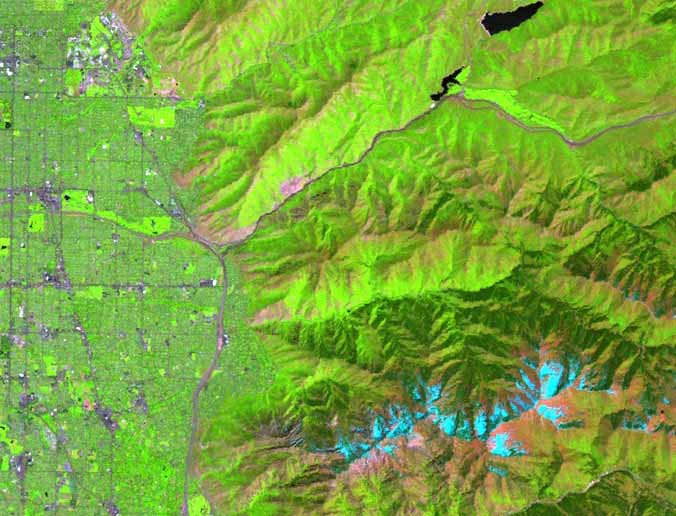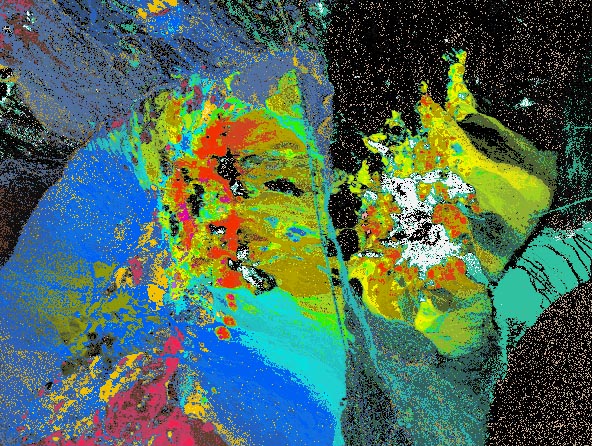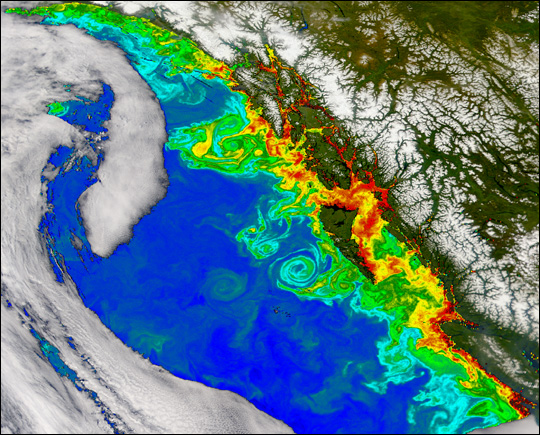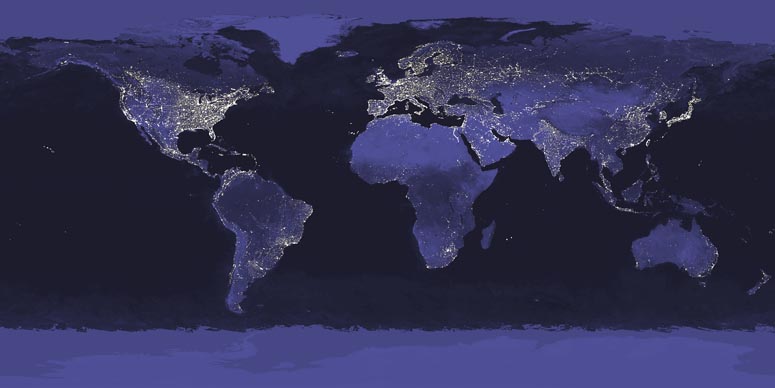|
GEOG 3110 - The Earth From Space:
Remote Sensing of the Environment
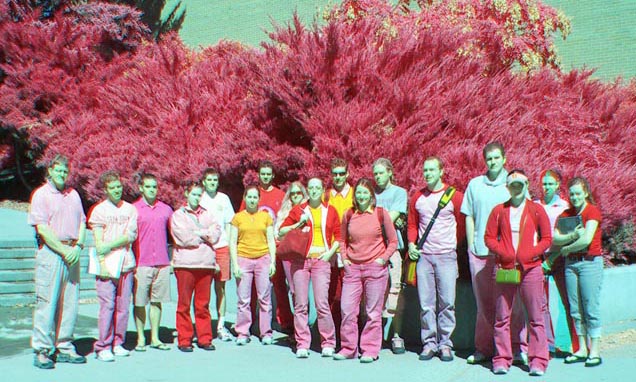
Photogenic Geography 3110 students, in a color infrared photograph
Meets Mondays and Wednesdays,
1:25-2:45pm. Taught by Dr. Philip Dennison, who has over 15 years of
experience in the field of remote sensing. Questions? Contact dennison@geog.utah.edu
Over the past decade there has been an extraordinary increase in the
availability of remote sensing images of Earth. The explosion in the
availability of remote sensing data has coincided with a growing number of
remote sensing applications. Remote sensing data are now used in anthropology,
civil engineering, environmental sciences, geography, geology, hydrology,
natural resource assessment, meteorology, and urban planning. In this course,
we will examine remote sensing science, techniques, and applications. Five
lab exercises will give us “hands-on” experience with real remote sensing
data. Do you wonder about what satellites can measure from space? Curious
about how Google gets all the imagery you see in Google Maps? Want to know
how we can measure climate change from space? This is the class for you!
Click on the following links or scroll below to see some of the topics we
will examine in this class.
|
|
Remote Sensing of Vegetation
- How plants reflect,
absorb, and transmit light
- Vegetation mapping
- Vegetation indices
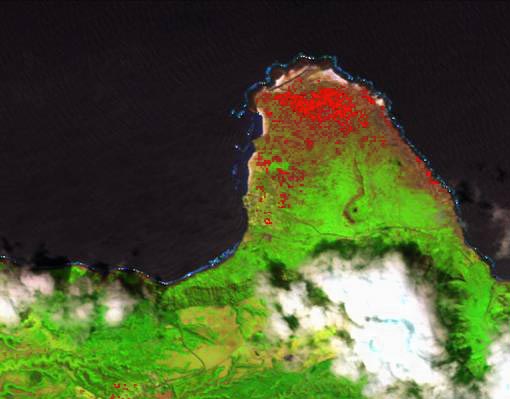
Red pixels indicate the presence of Lantana, an invasive species in this
AVIRIS image of the Kalaupapa Peninsula, Molokai,
Hawaii
|

